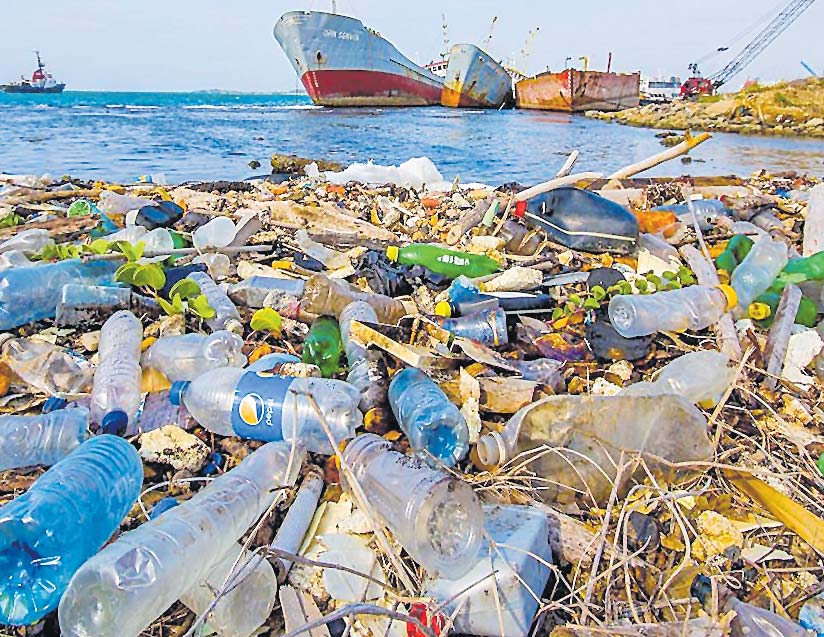I walk a lot.
I am rarely seen without my two dogs.
As I walk, I am acutely aware of items that are laying around, discarded, thrown-away and considered rubbish and a problem for someone else.
Tikaram Park in Lami scored the most points for soy one-use takeaway food containers; an appalling sight, indeed, and who knows how long these approved containers take to decompose?
Until they do, they do nothing to attract tourists to our shores as we boast ‘pristine’ ‘shores of golden sand’.
Familiar lyrics from a national anthem?
Fabric scores high on the list, too, of rubbish on our coastlines and is often buried deep into the sand.
Where does it come from?
Much of it is derived from iTaukei burial sites along the shore, once colourful and tropical used to adorn grave sites.
What happens to it long after the burial has taken place?
The nearby coastal areas are ‘adorned’ with it; adding to the ever-increasing rubbish along our shores.
If this is a cultural practice, then one needs to ensure that culture and environment don’t clash; that there is consideration for consequences.
Where there is an action, there will subsequently be a reaction.
Fabric is difficult for environmental community groups to remove while they do their best to clean up our beaches.
Here’s the rub: it is usually not the ones who are guilty of littering who end-up cleaning-up.
There is a high sense of ‘it’s not my problem’.
The other concern is that these polluters are adults -role models for our children.
Gum boots are often discarded when they are damaged by tradespeople.
I saw this firsthand outside a construction site.
One boot had a cut on the instep.
I guess the other must have been thrown away too, as what is the use of one good gum boot?
These boots will ultimately become landfill.
Flip flops are another common discarded commodity.
When the strap is broken on one, the wearer usually walks out of them at the site and moves on.
Let’s look at what I’ve found on the internet for the length of time it takes for different items mentioned above and a few others to biodegrade.
I was blown-away when I first saw this.
Aluminium cans: six weeks to manufacture and up to 200 years to biodegrade.
Cigarette butts: up to 10 years to biodegrade.
Cotton t-shirt: Two to five months to biodegrade.
A polyester mix t-shirt, on the other hand, can take anywhere between 20 and 200 years to biodegrade, depending on the blend.
Glass bottles: could take up to 1,000,000 years to fully biodegrade.
Gum boots and flip flops: Shoes made of synthetic materials take years to biodegrade.
During that time, they can cause harm to marine wildlife and the ecosystem and release toxic chemicals into the ocean.
This further contaminates the water and threatens the health of marine life.
In some coastal communities, flip-flops can clog drains and cause flooding which can have serious consequences for the environment and local residents.
Leather: 50 years.
While it is a natural product, it is the way the leather is treated during the production process which preserves it.
Plastic bottles: 500 years yet only 30 per cent is actually recycled.
Enough of the frightening statistics save scaring you off from reading further.
I hope (and pray), though, that this will at least make an impact on what you chose to buy, how you use it and how it is discarded in future.
- JULIE SUTHERLAND is a social commentator and influencer. She is an author of books for children and educators and is the founder and director of Sight Word Publications.



